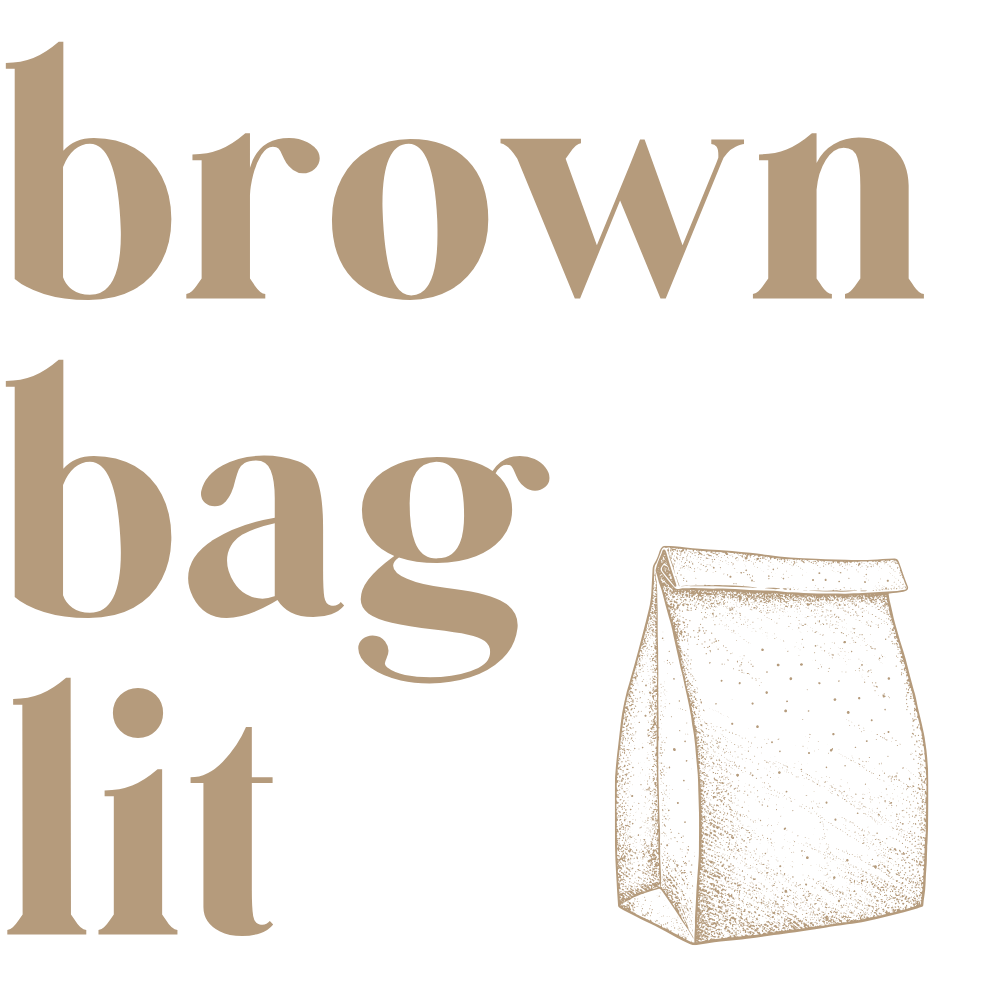A Review of Jessica Genia Simon’s BUILT OF ALL I SHAPE AND NAME
Jessica Simon has been involved in the Washington, DC poetry scene for some time, but Built of All I Shape and Name is her first book. Like another book by a DC poet I read recently (Corona by Kim Roberts), Simon uses form in this collection, both traditional forms (like villanelles) and “nonce forms.” A lot of poems have the same number of lines in each stanza, at times with lines indented in a designed-for-the-nonce pattern. In some of the traditional-form poems (like “My Birth: A Villanelle”), the rhymes seem a bit forced, but in others, the form feels natural. Here’s about my favorite poem in the collection, clearly in the visual shape/form the poet finds works for her to describe the first time she gave into desire for another woman:
I love how all the sense imagery in this poem is about cold and, almost, hibernation except for when the last stanzas turn to paint erotic desire. The last two lines spaced apart signal an epic change, the world warming.
Weather and the natural world are always in these poems. Images recur of flowers (sometimes as symbols of human need or sickness), specific birds (robin, great blue heron, barn swallows, lark . . . ) and a lot of trees, especially bare or dead trees. There is at least one poem in which trees speak, in a detached voice, observing the lives of the family living beneath them, the way garden plants eerily share their perceptions in Louise Gluck’s collection Wild Iris. This doesn’t seem sentimental personification however, partly because Simon doesn’t say “trees,” but tulip poplar, sycamore, etc. Also, even as each tree says its piece in this poem, “Tree Eyes Looking Down,” I felt that it was how a tree might speak if possible, a tree’s noticing, not a mouthpiece for the speaker. A white oak tells what one of the daughters felt about this tree (and finally learned to really see it):
She hated bugs, but loved me, stared for hours up at my lobed, deciduous leaves. . . Years later, the hideout for a teenage kiss. Then for a depressed summer, midnight branch silhouettes, black brushstrokes across blue light. When she recovered, she saw, as if for the first time, my dark green crown.
For this author, there is a connection, a delicate one, between trees and the harder aspects of being human. In another poem, Eve briefly re-visits the Garden of Eden, and takes comfort that its trees are still there speaking to her, though she has fallen:
the trees were the same trees
that bowed to her, so long ago.
How they had faced her with wet
green sunshine on their backs
and chests, the rays of light
unabashed, like the way she remembered
it, back before she could shape or name.
Flowers also connect struggling people to mysteries in this collection. In “Recurring Dream,” a girl paces in a meadow searching: “She pushes herself to find the right/ flower. The one that will tell her/how to grow up/ the one that will show/ her how to love/ the one that will whisper in her ear/ she is enough.”
Flower imagery is tricky to use without things getting fluffy. A poem that focuses on flowers, especially when one of them is a cherry blossom, is a at huge risk of collapsing into sentimentality. So I like how the poem "Make Me Like the Crocus, the Daffodil, Cherry Blossom” does something different from what the flower theme threatens it might. The speaker yearns to be as open and trusting as three flowers that bloom in early spring and die young. But she speaks this wish with self-deprecating dithering:
I wish to be open like the crocus,
first in spring in the right sun and temperature.
Or no, I wish to be more like the daffodil,
she may wilt briefly, a curtsy before the big reveal,
but on a cold spring day she is canary yellow collar…
I’ll be like that. Or no, I’ll be like the cherry blossoms … .
The tone is humorous, not sugary or over-earnest: “but here I stand, bent over the bathroom sink/naked, head in my hands, in front of a shower/fogged mirror, a lavender mud mask smeared/across my face to rinse away toxins./ I hope to drain myself of sorrow and dead things.” The last stanza of the poem busts loose into repetition like an honest prayer:
Free me of all coats, cloaks, coverings,
Free me of all pouches or pockets,
Free me of hidden things, of secrets,
Free me sandbags of worry pressed against future floods. . .
Raw emotion also comes through in several poems about trying to get pregnant and carry a baby through in vitro fertilization. In “First Miscarriage: A Villanelle,” the form—its repeated lines suggesting something significant playing out over and over—works:
Slow my panting, desperate heart,
Dare to wish for blood made kin.
I cling to hope like a lark.
Allow your belly to house a start.
Take a test tube for a spin.
Slow my panting desperate heart.
I haven’t read many poems about infertility and miscarriage (Simon writes, “We speak feverishly of births and abortions/ Not all of ways a woman can house/The full span of life and death in between.”) So I’m glad this sensitive poet has taken it on. I hope we’ll have another book from Jessica Simon soon.
Built of All I Shape and Name by Jessica Genia Simon is available from Kelsay Books.

